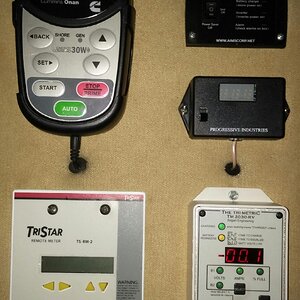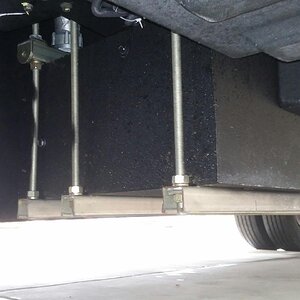jagpot
RVF VIP
- Joined
- Nov 17, 2020
- Messages
- 294
- Location
- California
- RV Year
- 2014
- RV Make
- Newmar
- RV Model
- King Aire
- RV Length
- 45
- Chassis
- Spartan
- Engine
- Cummins
- TOW/TOAD
- Jeep Wr Sahara
- Fulltimer
- No
I have a 2014 king aire. Spartan chassis. Would this fit mine?If its Freightliner, and maybe also for Spartan, the filter is located on the pump, behind the round cap on the center/right side of the pic. The pump (called a DEF Supply Module) is usually located at the bottom rear of the tank (facing the filler neck). The filter is available for around $60 if it says Bosch on the box, or around twice that if says Cummins (also Bosch). Having already experienced a pump failure, I carry a spare. Here’s a link showing a Bosch filter for about half price:
Your part# may be different of course.
1457436033 Bosch Urea DEF Fluid Filter - Diesel Pro
1457436033 - Bosch DEF Fluid Filter Kit. UF101, 68087337AB, DZ114640, RE554498, 2888182, 3955034, 5303604, 21516231, 23381558, 21376699, 21496421, 21673818mydieselpro.com













